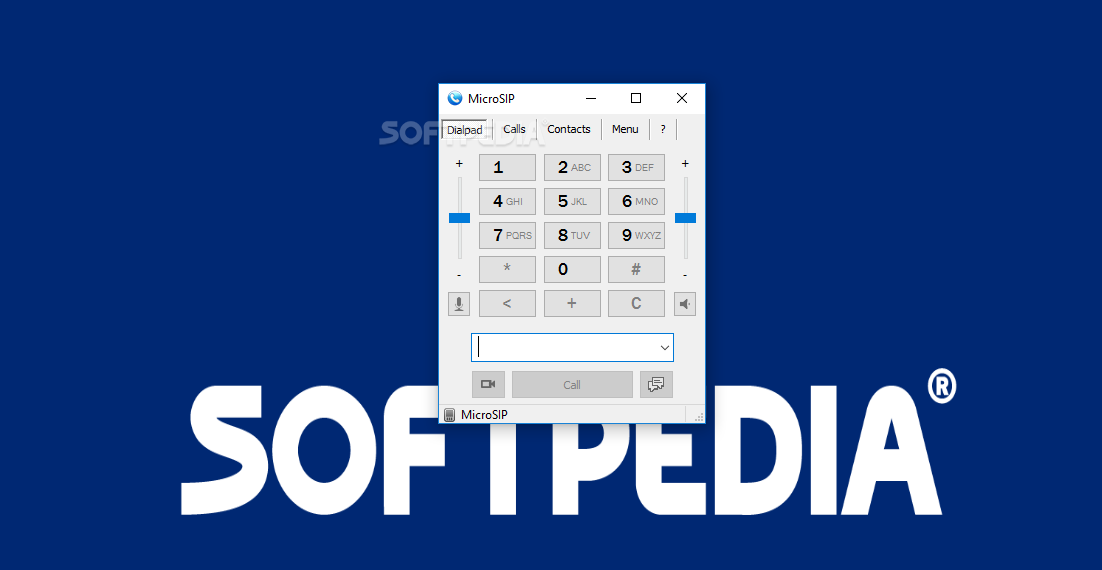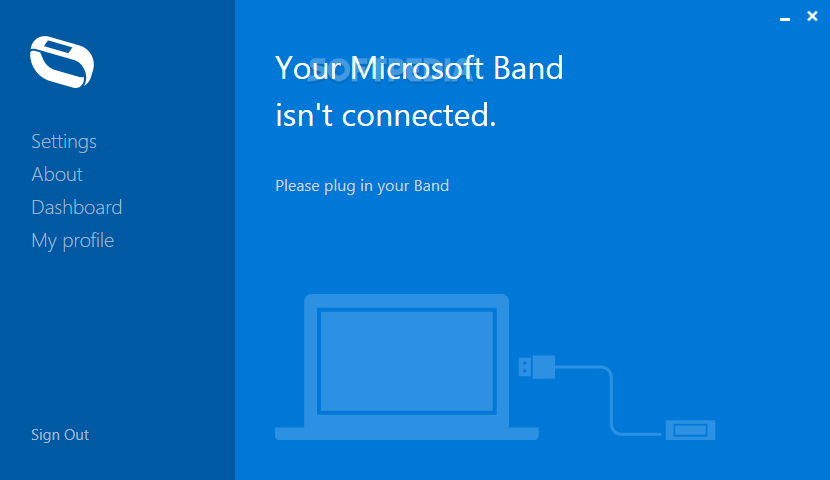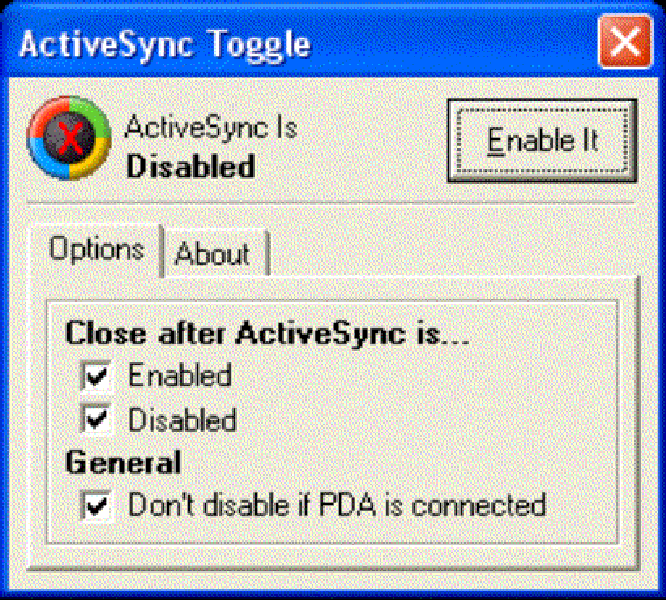

View browser or operating system usage reports for Office 365Īdvanced device management with Microsoft Intune Office 365 admin center: reports > devices View detailed reports about the devices in your organization ( Browser used and Operating system used reports) Mobile Device Mailbox Policies in Exchange OnlineĬonfigure Exchange ActiveSync access settings (including Allow, Block, or Quarantine)Įxchange admin center: mobile > mobile device access tab> Exchange ActiveSync Access Settings > editĬontrolling Exchange ActiveSync device access using the Allow/Block/Quarantine listĮxchange admin center: recipients > mailboxes tab > select user > click Enable Exchange ActiveSync or Disable Exchange ActiveSync under Mobile Devices.Įnable or Disable Exchange ActiveSync for a MailboxĮxchange admin center: recipients > mailboxes tab > select user > click View details under Mobile Devices > select device > click Details.
MICROSOFT ACTIVESYNC DOWNLOAD PASSWORD
The section “Creating a device (or a family of devices) rule” in Controlling Exchange ActiveSync device accessĬonfigure device mailbox policies, such as mobile device password requirements and security settingsĮxchange admin center: mobile > mobile device mailbox policies tab This table shows some common device management tasks and where you'll go to perform them.Įxchange admin center: recipients > mailboxes tab > select user > click View details under Mobile Devices.Ĭonfigure access rules for specific device families and modelsĮxchange admin center: mobile > mobile device access tab > Device Access Rules. There are a few places you’ll go to manage the devices in your organization. Device management tasks and where you’ll perform them For details, point your users to this topic: Set up and use Office 365 on your phone or tablet. Setup steps for usersĮxchange ActiveSync is enabled by default, so any user with an Exchange ActiveSync device just needs to run through a few steps to sync their device with your organization. To do this, in the Office 365 admin center, go to service settings > mobile and follow the instructions from there. Important: To manage the BlackBerry smartphones in your organization, you’ll need to enable BlackBerry® Business Cloud Services. To learn more about Exchange ActiveSync, see Exchange ActiveSync in Exchange Online.
MICROSOFT ACTIVESYNC DOWNLOAD WINDOWS 8
Exchange ActiveSync is offered on many mobile devices such as Windows Phone, Windows 8 tablets, Android, BlackBerry®, and iOS devices (iPhone and iPad). You can use policies you set up in Office 365 to manage any device that uses Exchange ActiveSync to synchronize with your organization’s email, calendar, contacts, and tasks. Or, if you only need to manage Exchange services, you can set up Exchange ActiveSync policies, as described in this article.įollow the guidance here to set up Exchange ActiveSync policies in Microsoft 365 admin center to perform common device management tasks, such as:Īllow, block, wipe, or delete mobile devicesĭevice management tasks and where you’ll perform themĪdvanced device management with Microsoft Intune What types of devices can you manage? Compare the features offered by each service so you can choose which one is best for your needs. If you want to manage access to both email and documents, you can choose between using built-in Mobile Device Management for Office 365 or Microsoft Intune. You have several options for managing mobile devices that use Office 365 services.

But it’s critical that you can manage and secure these devices when they’re connected to your Office 365 organization. Using mobile devices like smartphones and tablets to access to work email, calendar, contacts, and tasks plays a big part in making sure that employees get their work done anytime, from anywhere. It does not store any personal data.Exchange ActiveSync policies for managing devices in Office 365 The cookie is set by the GDPR Cookie Consent plugin and is used to store whether or not user has consented to the use of cookies. The cookie is used to store the user consent for the cookies in the category "Performance". This cookie is set by GDPR Cookie Consent plugin. The cookie is used to store the user consent for the cookies in the category "Other.

The cookies is used to store the user consent for the cookies in the category "Necessary". The cookie is set by GDPR cookie consent to record the user consent for the cookies in the category "Functional". The cookie is used to store the user consent for the cookies in the category "Analytics". These cookies ensure basic functionalities and security features of the website, anonymously. Necessary cookies are absolutely essential for the website to function properly.


 0 kommentar(er)
0 kommentar(er)
